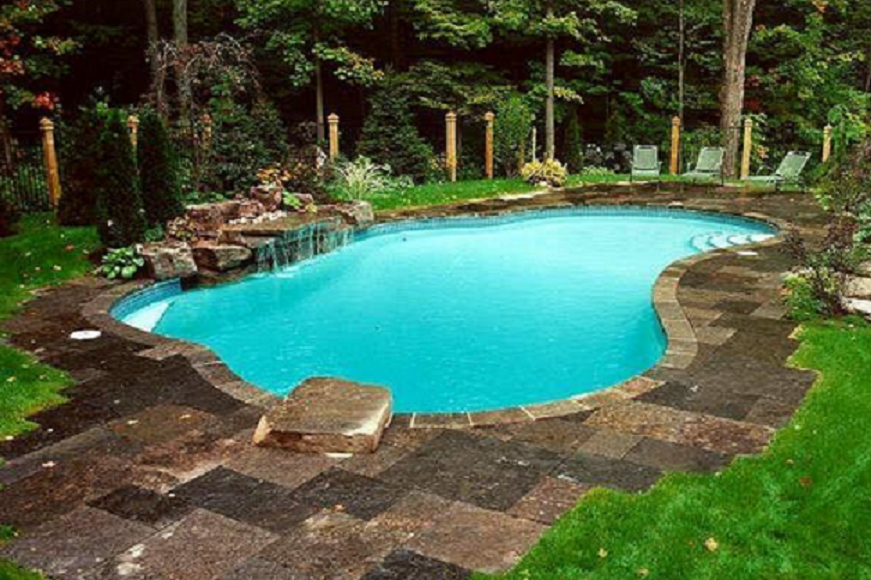
Lake water treatment before and after establishment
At Water Care, we provide a comprehensive solution for treating lake water before and after establishment, using the latest modern technologies and advanced solutions.
Steps to treat lake water before establishment:
Chemical composition analysis:
Before establishing a lake, a careful analysis of the chemical composition of the surrounding water must be carried out. This helps in understanding natural ingredients and potential contaminants.
Hydrological planning:
Study the water flow and determine the natural feeding pattern of the lake. This helps determine how natural water sources affect water quality.
Determine environmental needs:
Determine the environmental needs of the surrounding aquatic ecosystem, and adjust project parameters according to these needs.
Steps to treat lake water after establishment:
Filtration and purification techniques:
Use advanced filtration systems to remove large and small particles from water, focusing on maintaining acid and alkali balance.
Monitoring biological levels:
Analyze biological life in the water, and implement measures to control unwanted algae and seaweed growth.
Treating odors and mud:
Using odor and mud treatment techniques to improve and restore water quality, contributing to improving the visual and environmental aspects of the lake.
Eliminate harmful parasites to ensure pure, usable water.
Setting environmental standards:
Monitoring and regulating the levels of oxygen and nutrients to maintain environmental balance and provide a suitable environment for living organisms.
Quality control:
We provide periodic monitoring services to ensure the continued quality of treated water and ensure that all environmental standards are adhered to.
Providing periodic reports:
We provide periodic reports showing the development of water quality, including the necessary tests and analyzes to ensure that conditions are improving.
Advantages of treating lake water before and after establishment
- Advanced technologies: We use the latest technologies in the field of lake water treatment to ensure the best results.
- Comprehensive Customization: We offer a solution tailored to your unique needs.
- Commitment to Quality: We are committed to achieving the highest standards of quality in our services.
- Preserving the environment: We care about maintaining environmental balance, and we work to provide environmentally friendly solutions.
- Our unique service offers a wide range of technologies and expertise to ensure that lake water remains healthy and sustainable.
The importance of treating lake water before and after establishment:
- Soften water without using salts.
- Prevent and reverse mineral buildup.
- Increase water flow and pressure.
- Reducing costs by reducing the percentage of detergents and chemicals needed for cleaning by half, extending the life and effectiveness of equipment, and reducing water and energy consumption.
Methods of treating lake water
There are two ways to treat lake water:
- Sand filters are the most common and one of the oldest and most efficient filtration technologies in the world, but it is a complex system that requires a professional team to implement it.
- Semi-processing units are compact and easy to install and maintain in normal use.
Choosing the appropriate technology for treatment work for each project depends on several factors and different methods of design, selection, and installation of equipment and operation must be considered to achieve good results.
Features of the semi-integrated filtration unit technology
Filters made of ABS material suitable for use in lakes. It can be installed on the edge of the lake and relies on water passing through a basket first to trap the leaves, followed by the filtration medium.
This technology is characterized by the following:
- There is no need to build a machine room and reduce buried pipes to a minimum.
- The proximity of the pump to the lake increases the effectiveness of the pump capacity and increases the number of times the water circulates through the filter.
- Possibility of distributing inlets on floors and walls to ensure the best water circulation.
- Use a filter media made of narrow-pore polyester fabric (15 microns) to trap the finest impurities.
- The medium cleaning intervals are relatively far apart, which reduces the number of monthly maintenance times.
Ease of cleaning the medium.
Carewater engineers and technicians have been trained in all the technical details of all technologies, starting with:
- Study and calculate the water flow rate to comply with health specifications.
- Study and calculate the capacity of sand filters, pumps, operating panels, etc.
- Network design, including withdrawal, return, cleaning, and emptying, to achieve optimal performance.
- Selection of pipes and special pieces needed for networks according to each site.
- Choose all the equipment and panels that suit each project so that there is uniformity that ensures ease of operation and maintenance:
- Filters with sand or glass filters of all diameters.
- Centrifugal pumps are made of plastic or cast iron.
- All necessary entrances, exits and drainage holes. Floors and walls are made of white ABS plastic or stainless steel for all styles of lakes.
- In addition to automatic injection systems, adapters, and other supplies and accessories necessary to complete the treatment work.
























